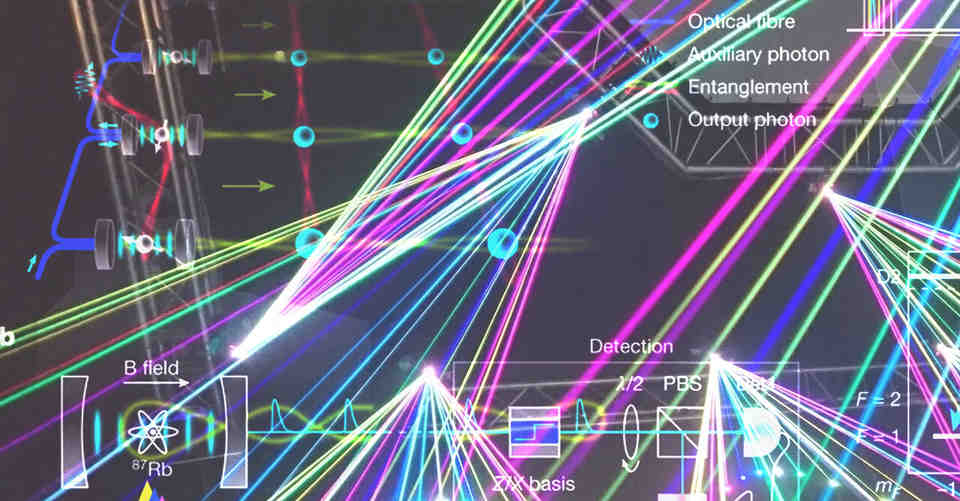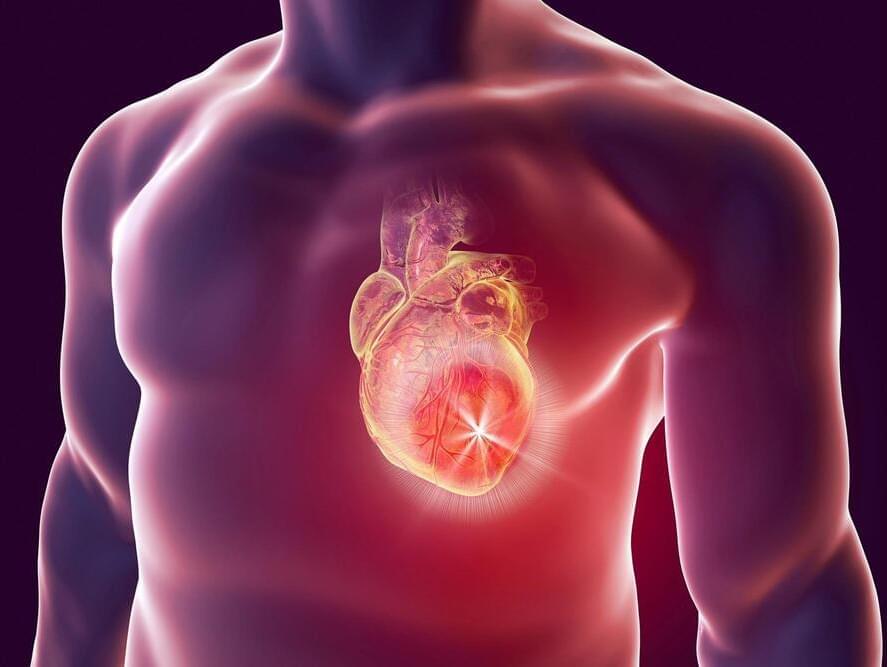You are looking at a methanol-fed hydrogen fuel cell that may soon be powering marine shipping around the world.
For Maersk, the 12 new ships will help it reduce CO2 emissions by 1.5 million tons annually or 4% of what the company produced in total in 2021. Maersk’s announced commitment is for all future new builds to only burn carbon-neutral fuels. That’s why fuel cells are high on its list of technologies to make that achievement possible.
Methanol Fuel Cells Are a Step Better Than Burning Methanol
A Bill Gates-backed investment group, Breakthrough Energy Ventures, is bankrolling a new Danish company, Blue World Technologies, with plans to produce methanol and high-temperature fuel cells. It has plans to produce enough of the fuel and the fuel cells to power five container ships this year, and ten times that number by 2024.









